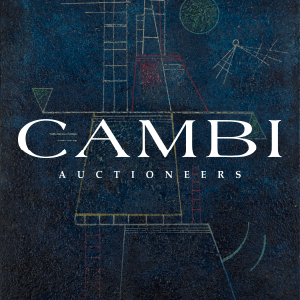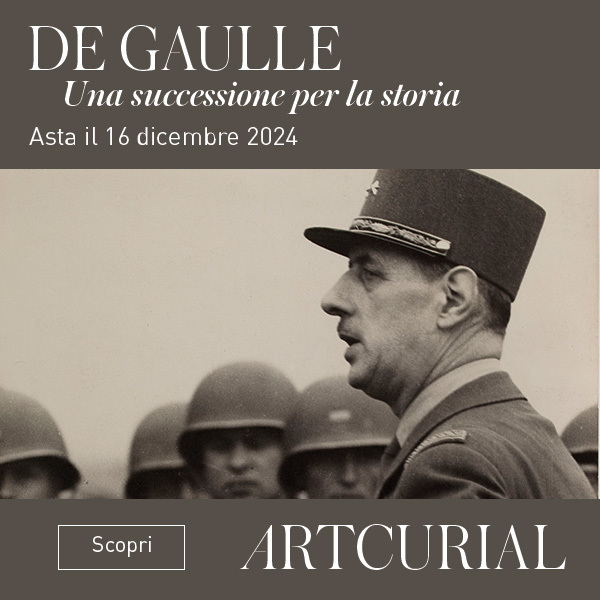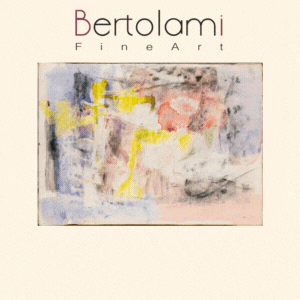Opening 7 May 2013

Endymion, c. 1725
Lifesize, 53.25 x 142.25 x 53.3 cm, marble
In their sixth annual exhibition of Italian Old Masters at the New York gallery, Moretti Fine Art will unveil two rediscovered Venetian masterpieces at 24 East 80th Street from 7 May to 7 June 2013: a life-size marbleEndymion by Antonio Corradini and The Victory of David over Goliath, a major painting by Sebastiano Ricci. In a bold statement, reflecting the significance of these works, each will be displayed alone in a gallery – with no other works to distract visitors – and each will have its own publication.
Few artists have enjoyed such acclaim in their lifetime as Antonio Corradini (1668-1752), whose best-loved works are veiled figures, a conceit that he invented. Born eight years after the death of the supreme artist of the Italian Baroque, Gianlorenzo Bernini (1598-1680), he was one of the few Venetian sculptors to gain recognition throughout Europe. His beguiling marbles were found in all the major courts from Rome and Naples to Vienna, Prague and Dresden, where he worked for Augustus the Strong, and in St Petersburg, where his statues decorated the gardens of Peter the Great. Endymion, circa 1725, is a hitherto unknown masterpiece and one of Corradini’s most refined and important works, and may have been made for the Tsar’s Summer Garden. Count Raguzinsky, who lived in Venice and conducted trade deals for Peter the Great, praised Corradini’s ‘most astonishing craftsmanship’ and called him ‘the glorious sculptor’.
In Italy in the 1720s, the myth of Endymion was very much in fashion. In 1721 the young poet Pietro Metastasio (1698-1782) had composed a serenata dedicated to the young hero, a text later set to music many times by Johann Christian Bach, and others. In classical mythology Selene, the goddess of the Moon, was in love with the mortal Endymion. She asked Zeus to put him into an eternal slumber, a sleep charged with eroticism.
The discovery of this Endymion is highly important historically, and also in terms of art history. Its existence is attested to by Baron de Montesquieu (1689-1755), the great philosopher and one of the most learned and sensitive connoisseurs of his day. An entry in his travel notes on a visit to Venice in 1728 reads ‘There is a sculptor now, in Venice, named Corradino, a Venetian who made an Adonis, which is one of the most beautiful works that you could see: you would swear that the marble is made of flesh; one of his arms falls carelessly, as if supported by nothing’. Research indicates that Montesquieu was probably referring to this sculpture. Firstly, his description corresponds exactly, referring to the naturalistic softness which characterises its glossy, polished marble and the carelessly fallen arm – the first thing that the viewer notices. Secondly, it is easy to confuse Endymion and Adonis as the iconography of the two youths is virtually identical: both are hunters and therefore depicted with a bow and arrow and a dog in a natural setting. Thirdly, there is no known figure of Adonis by Antonio Corradini.
If the Endymion commissioned by Peter the Great remained in the artist’s studio in Venice, where in all probability it was seen by Montesquieu in 1728, it may be that the death of the Tsar in 1725 explains why the work was never sent to Russia. While only a hypothesis, it is supported by a series of clues and coincidences. For example, Antonio Canova (1757-1822), the supreme neoclassical sculptor, must have been familiar with the work as it undoubtedly influenced his Sleeping Endymion, executed between 1819 and 1822 for William Cavendish, sixth Duke of Devonshire. Corradini’sEndymion, both seductive and transcendent, thus joins together two great stages in the history of European art, forming a bridge between Bernini and Canova. Despite its fame and influence, its whereabouts were unknown until this recent discovery.
The Victory of David over Goliath is a rediscovered masterpiece by Sebastiano Ricci (1659-1734), a leading protagonist of the Venetian Settecento, one of the greatest artistic Golden Ages of all time. David was the second king of Israel. A great warrior, musician and poet, he is described in the Bible as someone of complex character, capable of great cruelty and generosity, equipped with unscrupulous policies, while also recognising his own limits and errors. David’s life is particularly important in Judaism as the Messiah will occupy his throne and restore the kingdom. In Christianity, Joseph, the putative father of Jesus, is his descendent and in Islam, he is considered a prophet.
The head of the giant Goliath, the most fearsome warrior of the Philistine army, is placed triumphantly in the foreground to the right of David, the shepherd-boy of Judah who had accepted and won the challenge made to the Jews by Goliath himself. For David, a staff, a sling and five smooth stones were all that was needed for him to defeat Goliath, who was almost three metres tall, clad in a bronze helmet and armour with an enormous sword. David approached the Philistine and, using his sling, he hurled the first stone, knocking out his adversary while the second stone smashed into the giant’s forehead, and he slumped to the ground. The third stone shattered Goliath’s skull and, with his enemy’s own sword David cut off his head. In this work, unpublished until now, the finely chiselled sword is placed diagonally to draw in the observer, emphasising the size of the object which proved useless against the intelligence, cunning, courage and faith of the young shepherd from Bethlehem.
Born in Belluno, Ricci went to Venice at the age of fifteen but hastily departed in 1681, having impregnated two women, one of whom he tried to poison. However, this was not his only brush with the law. In Bologna Ricci fell in love with the daughter of the landscape painter Antonio, with whom he fled to Turin, abandoning his wife and daughter. Ricci was denounced, arrested and sentenced to death for abduction and bigamy. Only the intercession of the Duke of Parma saved him, the punishment being his banishment from the city of Turin. Later, he was active in many Italian cities (Bologna, Rome, Florence), and also abroad (London, Paris, Vienna). His English works have either been largely lost or damaged, although there remains the great fresco of the Resurrection in the Chapel of the Royal Hospital (Chelsea) and some great canvases on the staircase of Burlington House (now the Royal Academy). He returned to settle permanently in Venice in 1717.
These two newly-discovered masterpieces are accompanied by separate scholarly publications: the essays for the Corradini catalogue are written by the art historian Tomaso Montanari and Sergey Androsov, the State Hermitage Museum, St Petersburg; whilst the Ricci catalogue is by Francesca Baldassari, one of the great international experts of the Italian seventeenth century.

The Victory of David over Goliath
Oil on canvas, 106.5 x 87 cm











